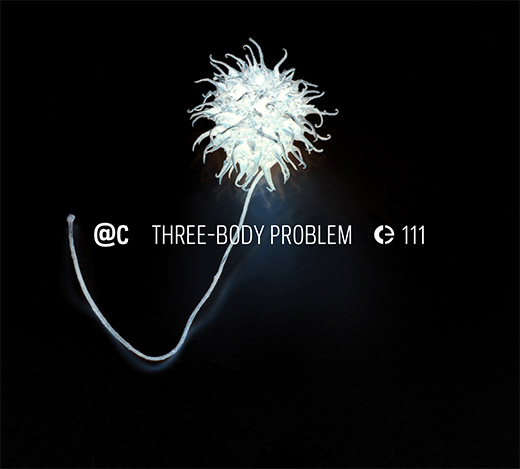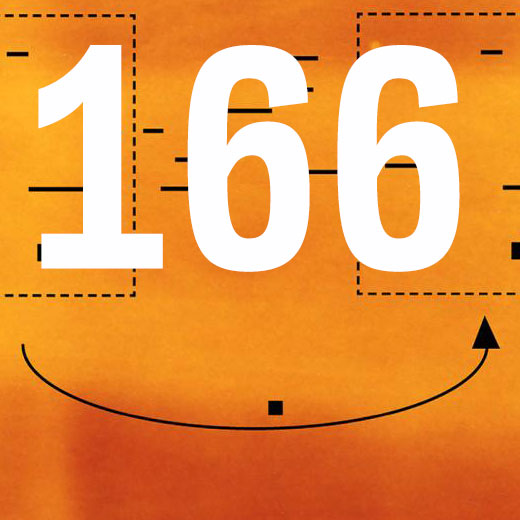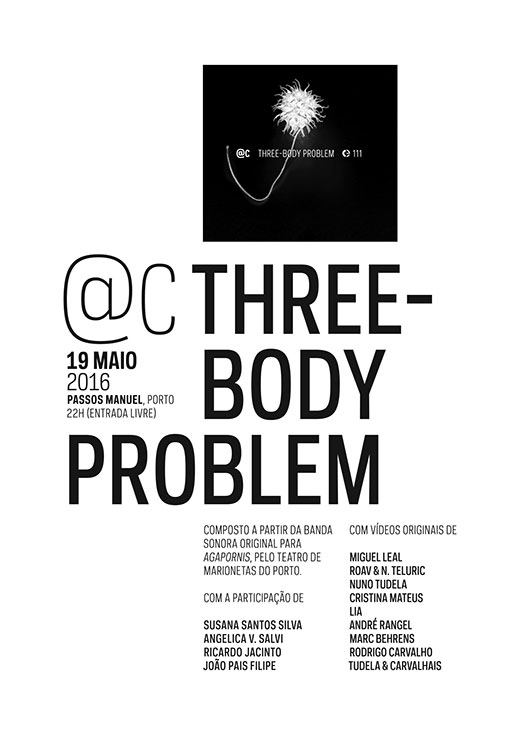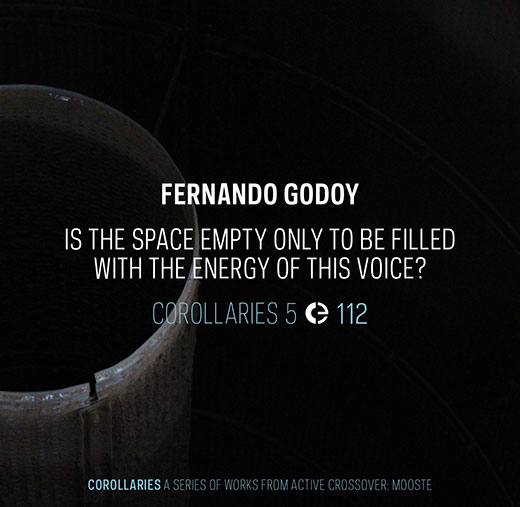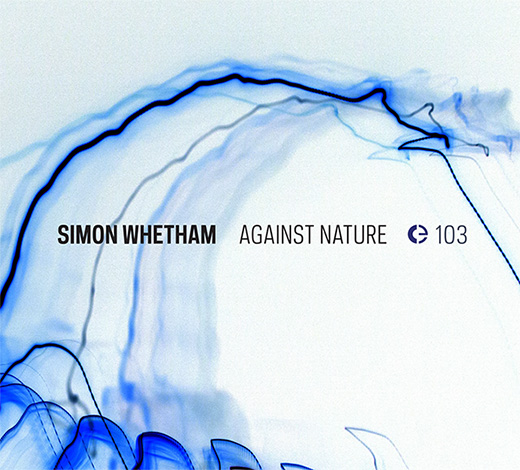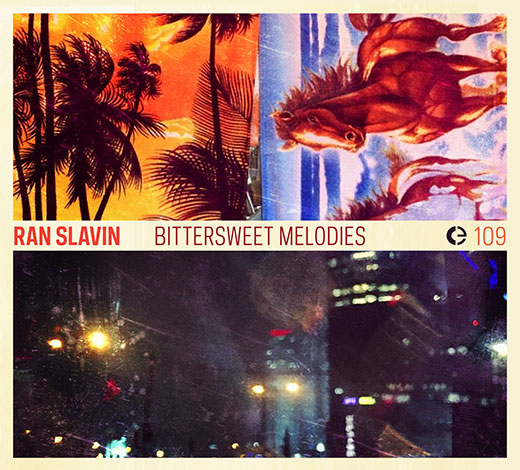
Put on the circuit only recently via the Portuguese Cronica-imprint is “Bittersweet Melodies”, the most recent album effort by Ran Slavin who has released a string of numerous releases on labels like Earsay, Sub Rosa, Mille Plateaux and of course Cronica since the late 90s. With his eleventh longplay effort we see the artist, who’s mainly at home in the field of video installation and film, delve deeper into the musical spectrum of Ambient, Electronica and Clicks’n’Cuts-influenced textures, serving fascinating loop cut-ups like the highly hypnotic “Category: Murdered Entertainers” which introduces scattered bits of Jazz Noir and a tense, gut-stimulating overall feel as well as filtered, off-tune pianos blown over from afar in combination with glitchy beat abstractions and ultradigital sound manipulations in tunes like “Disruptive Lounge”. In “Fake Sunsets” cinematic and kitsch-loaden strings are clashing with dope beats and layers of tribal drums in an Illbient-reminiscing manner, “Dubai Dawn” fuses more sonic cinematography with chopped vocal bits and a little bit of balearic cheesiness, “Sad But True” sees piano loops meet waves of disortion, a steady heartbeat provided by low frequency pulses, alarming signals and a post-fall out atmosphere whilst “Sinatra Was Here” brings in what seem to be Spanish guitars and a tropical feel in contrast to off-kilter classical samples and digital skips, all combined and merged to be a well laid back yet unsettling variation of TripHop / Downbeat. More loops and surface crackles are to be found in the well dark’ish cut named “The Pineapple Assassin” which could be described as an abstract, slomo take on Minimal Techno / Armchair Techno, the “Collapsing Melody” introduces the vacillating, crackling and jarring unsteadiness of glitching, digital sound modification and manipulation in DAW Ambient and “Fast Moving Circumstances” are not that fast moving but exploring Armchair Techno realms in a decent, yet thrilling way. Finally “Deserted New Buildings” seems to be the most dancefloor friendly tune featured in this longplay piece, sporting mechanical, uncompromisingly marching drums and trippy loops in rewind for the Minimal House posse before the concluding track “Discreet Features” builds tension through a feel of immanent danger and fast-paced, slightly robotic sci-fi grooves built from clicks’n’crackles. Defo a good one, this.
